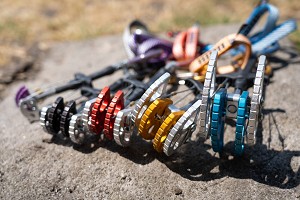
Climbing anchors may not seem to be the most exciting topic for UKC; what is there to know you might ask? Surely they are just the things we clip at the top of climbing walls, or maybe at some well-equipped sports crags?
But think about it, how do you know if the anchor you are clipping is safe? How many times have you found yourself at the top of a redpoint desperately trying to clip the 'chains', only to find a carabiner that is difficult to use?
For a long time, the climbing industry seemed to ignore these issues; seemingly unaware that it was possible to improve on the existing offering, leaving climbers to make do with whatever was available. Recent failure issues with one of the leading manufacturer's anchors has also raised questions over the suitability of available anchors, leaving climbing centres looking for a credible alternative.
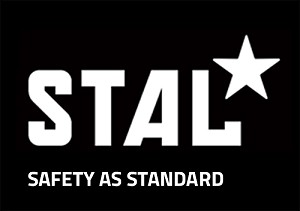
With over twenty years' climbing, instructing, wall-building and technical advice experience, coupled with over a decade of engineering and fabrication knowledge in the climbing industry, Nate McMullan and Martin Roberts set to change the status-quo. Based in Sheffield, the STAL anchors are designed, produced and tested in the UK's steel capital and are beginning to change the clipping experience for climbers across the United Kingdom and further afield.
"As with all good inventions, simplicity is at the heart of the STAL setup"
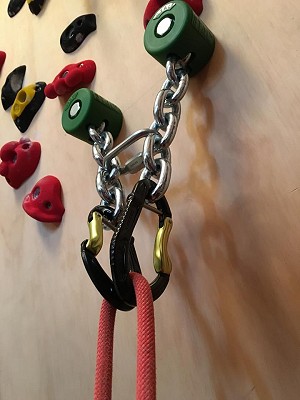
Finally, and what should be of key interest to climbers and climbing wall operators alike, is the climber interaction-point, the clip. The recommended carabiner for the anchor is DMM's Alpha Steel snap-link, which combines a super-durable carabiner with the smooth clipping action of DMM's flagship sport-climbing krab. Whatever the choice of carabiner, the key feature of the STAL system is the user-replaceable nature of the final point, making STAL the most cost-effective anchor available.
"…the key feature of the STAL system is the user-replaceable nature of the final point, making STAL the most cost-effective anchor available."
If the anchor is to be used on bottom-rope climbs, then the carabiner can be swapped for a sacrificial maillon, providing a more captive environment for the rope, and a more cost-effective setup for climbing centres.
So all-in-all, it turns out that it is possible to talk about climbing anchors! Next time you are at your favourite climbing centre, think about the anchors and how easy they are to clip. If you're struggling, ask the staff if they are considering changing to STAL? It will save the centre money and improve climbers experience and safety!
STAL anchors can already be found at the leading climbing walls in the UK and beyond, including The Westway, Reading Climbing Centre, Transition Extreme, Harrogate Climbing Centre, Big Rock, Energise York, Indy Wall and many more.


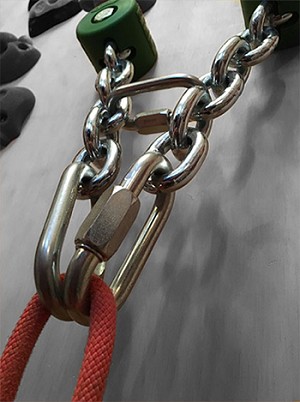
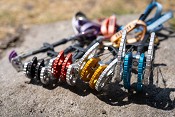
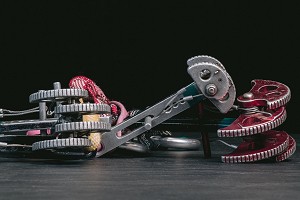

Comments